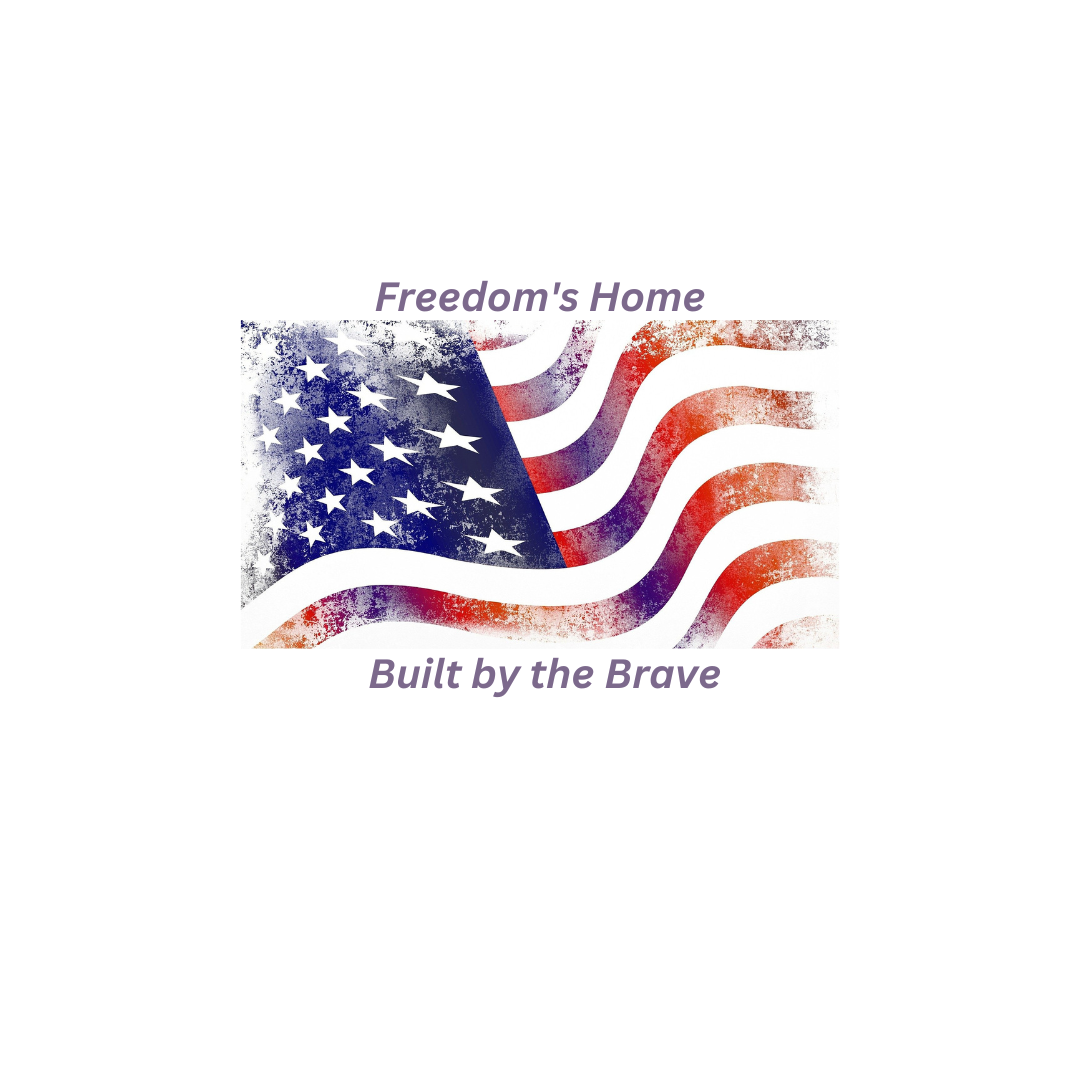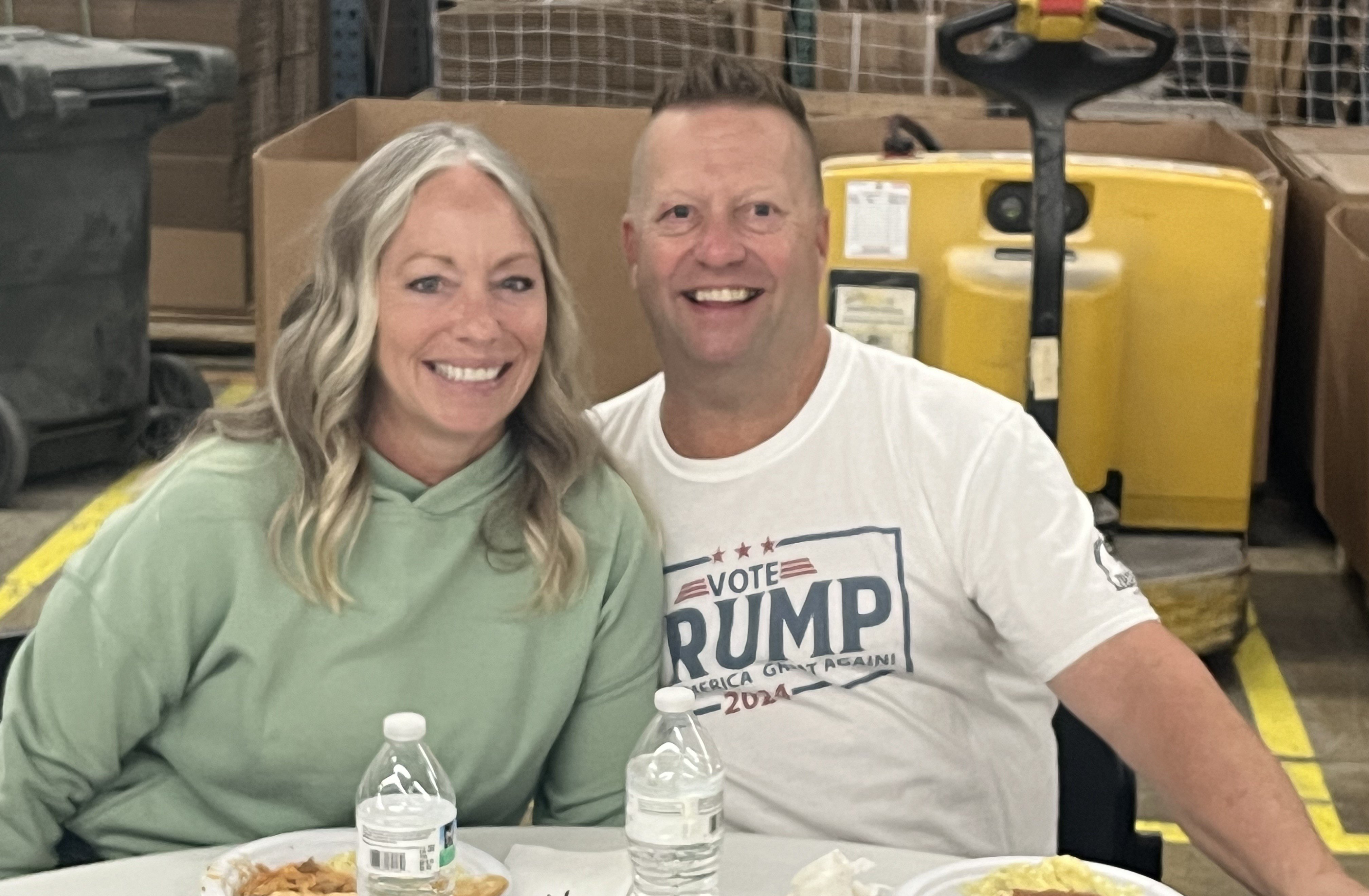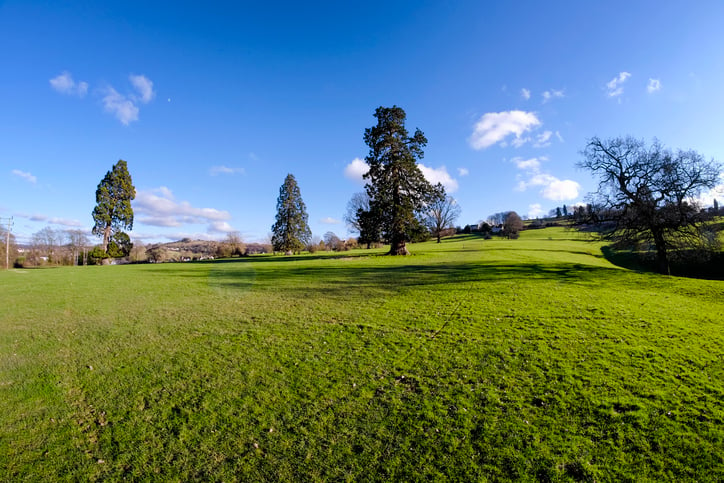May 12, 2016 at 10:00 AM
A Print Buyers Introduction to Web Offset Printing
Is Web Offset Printing Right for Your Next Project? Here’s What You Should Know
If you’ve ever wondered whether that brochure you've printed multiple times on a sheetfed press could be produced more cost-effectively using web offset printing, you’re not alone. Maybe you’ve heard it can save money, but you hesitated because you’re unfamiliar with the process. Or perhaps you’ve gotten conflicting guidance from printers, or even heard horror stories that made you reluctant to explore the option.
Let’s clear things up.
This guide will walk you through the basics of web offset printing — what it is, what projects it’s best suited for, and how to avoid common pitfalls. You’ll leave with a better understanding of whether it fits your next high-volume print job.
Perspective
Early in my print production career, I was a buyer for a major agency. One day, I was handed responsibility for managing a massive brochure run—1.2 million pieces for an airline client. I'd never worked with web offset printing before. My boss simply said, “The quantity makes it a good fit for web—get bids.”
At the press check, I was stunned. The web press was massive. Even with sound-dampening walls, the volume made conversation a challenge. I felt completely out of my depth. But that’s the thing: you don’t have to be intimidated.
Once you understand how web offset works, it becomes another valuable tool in your print strategy.
Web Offset vs. Sheetfed: What’s the Difference?
Both web and sheetfed offset presses apply ink using the same basic principle — transferring ink from a plate to a blanket to paper. But there are key differences:
-
Paper feed:
-
Sheetfed presses use individual pre-cut sheets.
-
Web offset presses use large rolls of paper (the “web”).
-
-
Drying process:
-
Heat-set web presses use high-temperature dryers to set ink on coated paper.
-
Cold-set web presses allow ink to dry naturally and are used on uncoated stocks.
-
-
Finishing:
-
Sheetfed jobs typically move to offline bindery.
-
Web presses often finish inline, with sheeting, folding, gluing, scoring, or perforating — all happening in one pass.
-
In short, paper goes in one end, and a finished piece comes out the other, making web printing ideal for high-volume, fast-turnaround projects.

When Web Offset Makes Sense
The actual value of web offset comes from speed and scale. Web presses can run at up to 3,000 feet per minute, dramatically reducing production time and labor costs. That said, setup time is longer, and initial paper waste is higher, making web offset most cost-effective for larger runs.
As a general guideline, consider web printing when your quantity reaches 20,000 impressions or more. Some ideal applications include:
-
Magazines
-
Brochures
-
Publications
-
Newsletters
-
Business forms
-
Self-mailers
Even jobs like 30,000 16-page brochures or 75,000 4-page newsletters can benefit significantly from the efficiency of web.
👉 Click here to request a custom quote and see if your project qualifies.
Planning for Success
While web offset printing shares much in common with sheetfed production, here are a few critical planning tips:
-
Confirm all specs and content before sign-off.
Web presses are not designed for on-the-fly changes. Revisions mid-run can be costly. -
Know your paper requirements.
-
Heat-set web presses support coated stocks.
-
Cold-set web presses are limited to uncoated stocks.
-
Web presses generally do not handle heavy cover stocks.
-
-
Understand image size constraints.
The press “cutoff” — the largest image area printable — varies:-
Full-web: up to 22 ¾” x 38”
-
Half-web: around 23” x 20”
-
Final Thought
Web offset printing might seem complex at first glance — especially when you’re staring down a machine the size of a city bus — but at its core, it’s simply a powerful, efficient way to produce high-volume work. When used strategically, it can yield significant cost savings and faster turnarounds, making you a hero to your clients or leadership team.
If you’re ready to explore whether web offset is proper for your next print project, we’re here to help. No pressure, no obligation — just sound advice and innovative solutions.
Popular Posts

Memorial Weekend

Landing Pages
Learn Why Omnichannel Marketing is Trending

Direct Mail




